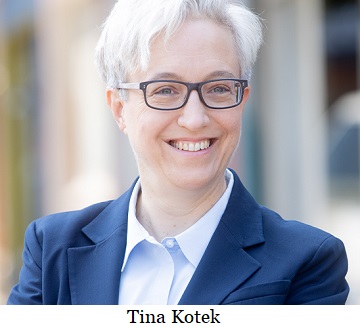Oregon already does not have any major restrictions
The West Coast States have once again united in a dogma that abortion
is reproductive freedom. In response to the U.S. Supreme Court’s
finalizing their decision to overturn Roe v. Wade, governors of
California, Oregon and Washington issued a
Multi-State Commitment
to defend access to reproductive health care, including abortion and
contraceptives, and committed to protecting patients and doctors
against efforts by other states to enforce their abortion bans in our
states.
Governor Kate Brown commented, “Abortion is health care, and no
matter who you are or where you come from, Oregon doesn’t turn
away anyone seeking health care. Period. Let me be clear: You cannot
ban abortion, you can only ban safe abortions — and this disgraceful
Supreme Court decision will undoubtedly put many people’s lives at
risk, in addition to stripping away a constitutional right that
disproportionately affects women and has been settled law for most of
our lifetimes.†She goes on to claim “the fight is not over.â€
Oregon House Democrats want to make sure Oregonians know there
are strong pro-choice leaders in the Legislature and the Oregon Governor’s
office. They are now touting the strongest abortion access laws in the
country and have issued a statement titled
Fact Sheet: Actions to expand abortion access in
Oregon.
The first mentioned fact is that Oregon does not have any of the major
types of abortion restrictions—such as waiting periods, mandated
parental involvement or limitations on publicly funded
abortions—often found in other states.
That’s right parents, your
daughter can obtain an abortion and your medical insurance could pay for it
without your knowledge.
Now that the Supreme Court overturned Roe v Wade, they want
Oregonians to know they are committed to further expand access to
cover a potential 234% increase in people traveling to the state. A jump
from the 9.5% that OHA reports.
What does that mean for Oregon taxpayers? In 2022, Oregon
Democrats establish the Reproductive Health Equity Fund, a $15 million
bill to expand provider network capacity and address urgent patient
care for abortion and practical needs, like travel and lodging, in
preparation for an increase of people seeking abortions.
Planned Parenthood promoted the Reproductive Health Equity Fund
and has leased medical office space in Ontario, Oregon, on the border
of Idaho, to capitalize on Idaho passing a restriction on abortions.
A D V E R T I S E M E N T

A D V E R T I S E M E N T
The number of abortions reported in Oregon in 2020 and 2021 were
the lowest of any years that OHA has tracked.
The
abortion rate has been
declining for decades. In the early 1990s they were at 24,000 and by
2011, they dropped to an estimated 14,000 induced abortions performed each year.
Now, the annual number is less than half of that. Preliminary data from
2021 shows about 6,577 abortions were carried out last year.
But with the
predicted increase from outside the state, mostly from Idaho, the
annual rate will again more than double at around 15,400.
The new movement in Portland,
Stop Having Kids, failed to read the
CDC report which details that both births and abortions decreased during the
coronavirus pandemic. The abortion rate is certainly more than a religious
concern. The birth rate to have a sustainable population is 2.1 per
woman. In the U.S. that has dropped to 1.6, the lowest rate on record.
--Donna Bleiler| Post Date: 2022-06-24 16:11:26 | Last Update: 2022-06-24 17:03:57 |







